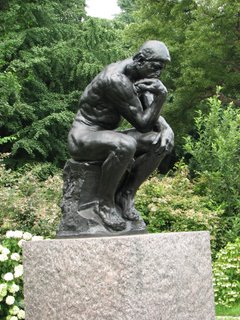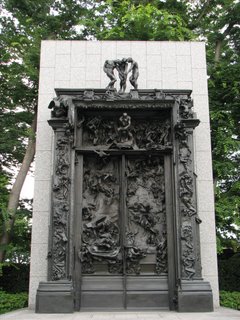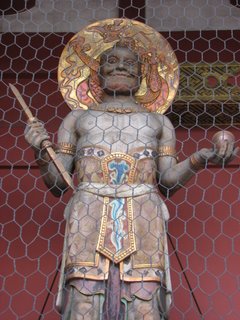There is not only one, but as many as ten fireworks displays in Tokyo throughout late July and early August, with the one in Sumida (Asakusa) being the largest Hanabi event. It is an extremely fun experience watching Hanabi but is equally exhausting. You'll need to get to the venue as early as three or four hours before the event starts just to get a spot. Well, unless if you don't mind spending a few thousand yen for a special seat, of course.
Thanks to the guys from TOFSIA, we had a good spot to watch the hanabi by the Tama River (多摩川) in Chofu.
Well, this is how crowded it was... Right from the station to the streets, and from the streets to the riverbank.

A tripod and a good camera... That's exactly what you need to take shots of the hanabi. And, uh... plenty of memory space... Which was what I didn't have... Just a mere 512 MB. My new camera comes with a "fireworks" option, specially for taking photos during occasions like this. I guess the overseas model don't have this function.
Soon, the summer sky got dark and the hanabi started right on time at 7.20pm.







And, oh my god! This was the greatest of all! The grand finale! So, that's what the cranes were for. The fireworks were hung over two cranes, horizontally. When lit, they looked like the Niagara Falls. This one is flowing with golden water, though!

Most people started to leave right after this grand finale. I guess that's what everyone was waiting for. Well, guess what, by the time the hanabi ended, it was 8.30pm. One million fireworks had been let off non-stop for as long as 70 minutes!










































